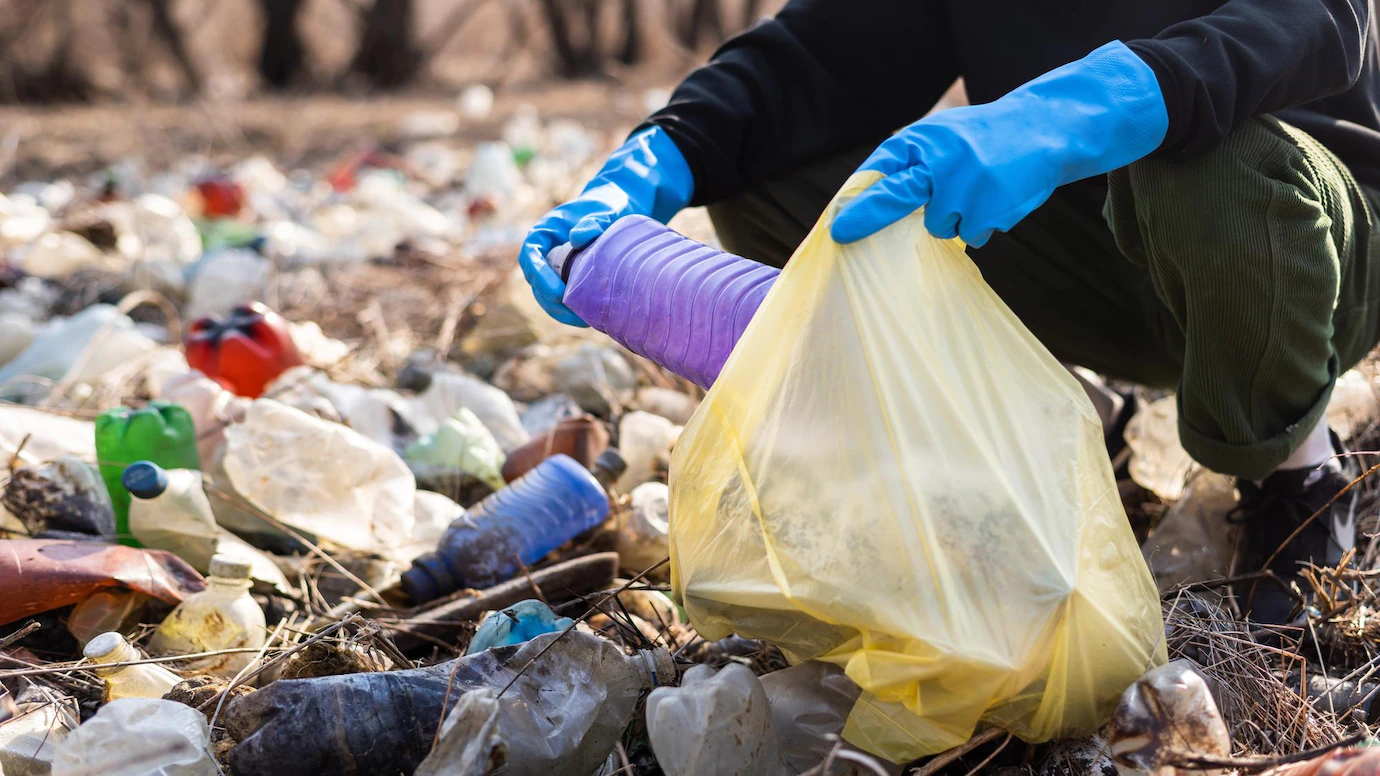The durability of plastics is amazing while they are being utilized, but less so after they are discarded. A new type of plastic has been created by scientists at the University of Konstanz, as many people might not know Konstanz is located in Germany. The new plastic has all the toughness of ordinary plastic but biodegrades in a few weeks or even days.
Why is plastic one of the most urgent environmental issues? And how can we prevent it?
One of today’s most urgent environmental issues is plastic. Thanks to its adaptability, strength, and resistance to heat and moisture, it can be found in an astounding variety of items. These advantages, however, turn into disadvantages after the product’s useful life is through because plastic debris can clog landfills and oceans for a very long time until it disappears. The same strength also makes recycling a challenge.
Therefore, it should come as no surprise that significant research is devoted to creating new plastic kinds that decompose far more quickly once their purpose has been fulfilled. An alternative to traditional plastic has now been developed by a team from the University of Konstanz.
What is this new form of plastic made up of? How is this helpful to the environment?
The new substance is referred to as polyester-2,18, named for the two modules that make up its structure: a small diol (hydroxyl) unit with two carbon atoms and a dicarboxylic acid with 18 carbon atoms. The team incorporated chemical “breaking points” that enable the material to be unraveled to its base modules, which may be reclaimed and reused while maintaining the thick crystalline structure that lends ordinary polymers like HDPE (High-density polyethylene, generally used in making containers for milk, shampoos, etc) their durability. The base modules can also be obtained from renewable sources, according to the team.
According to the study’s corresponding author, Stefan Mecking, “We too were astounded by this quick decline.” “Of course, we cannot directly translate the outcomes of the composting facility into any imaginable environmental situation. But if it were to be mistakenly released into the environment, they do demonstrate that this material is actually biodegradable and show that it is significantly less persistent than polymers like HDPE.”
The team intends to keep looking into the new polyester’s biodegradability and recyclability as well as potential applications in 3D printing and packaging.
The study was published in the journal Angewandte Chemie.
To ‘science-up’ your social media feed, follow us on Facebook, Twitter, or Instagram!





1 comment
[…] from diverse sources, including plastic waste, industrial activities, and the degradation of larger plastic items. Despite their microscopic size, microplastics have far-reaching effects on ecosystems, wildlife, […]